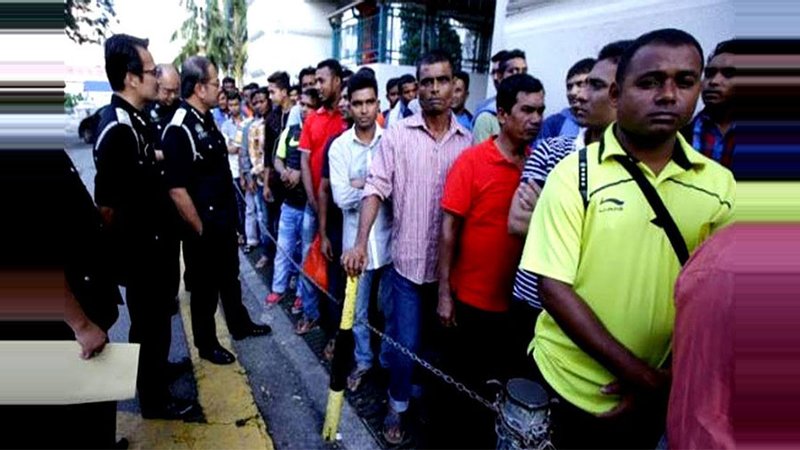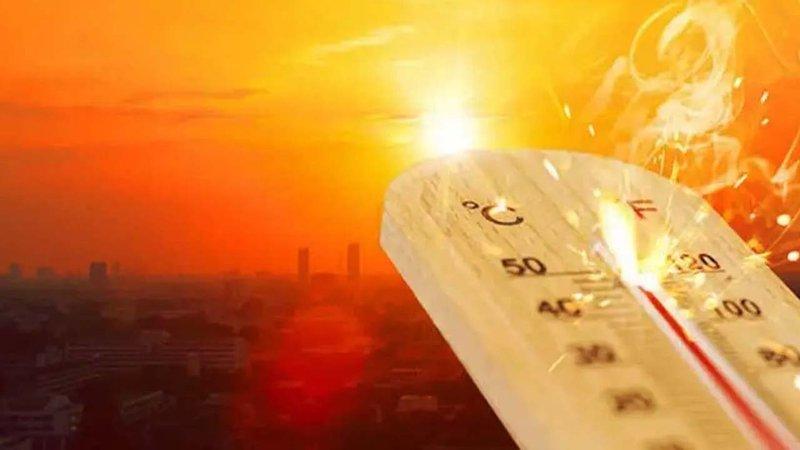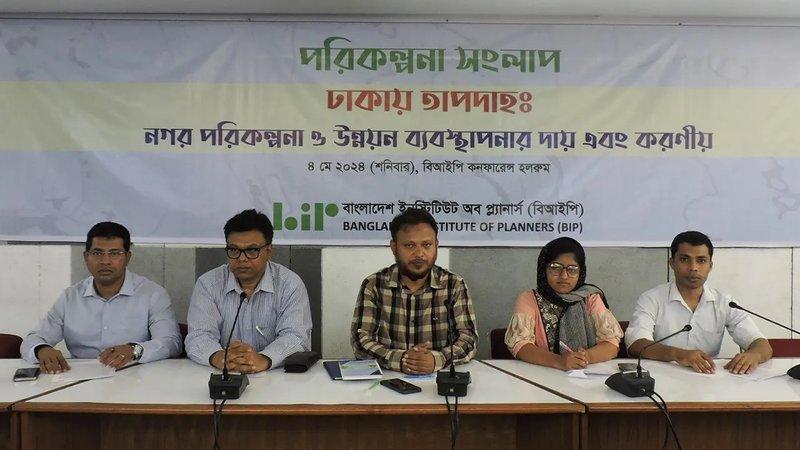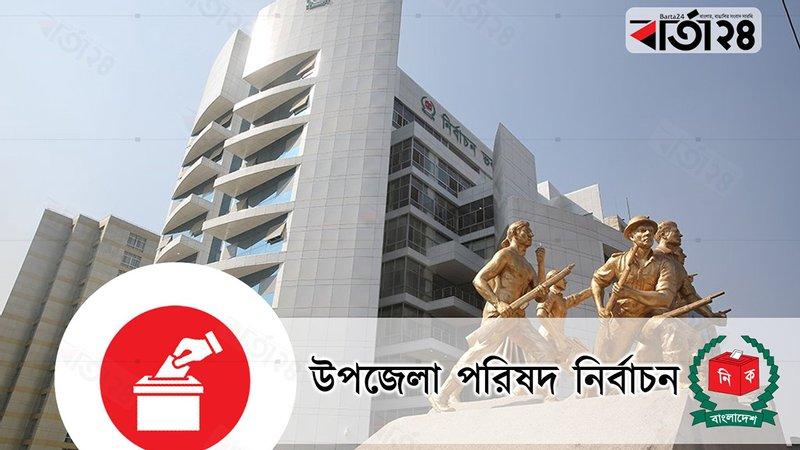Fate of a large of Bangladeshi laborers uncertain in Malaysia

Photo: Collected
Dhaka, (Barta24.com): Fate of a large number of Bangladeshi migrants(mostly laborers) have become uncertain in Malaysia. The Malaysian government has taken the decision in the name of keeping their sovereignty in tact and also for maintaining law and order there.
This attempt of the Malaysian government has forced 279 outsourcing companies to shut their business door putting the Bangladeshi laborers face financial losses. Very reliable sources said that the outsourcing companies were closed making list till March 31.
Lakhs of laborers went to Malaysia through these companies by paying them huge money. Under these circumstances the laborers have become victims of transportation and their visa might not be renewed.
The Malaysian government said that about 10 lakhs Bangladeshis are now working in that country. Of them about two lakhs of laborers might return back because their visa most likely will not be renewed. Besides, about six lakhs laborers have fallen into uncertainty. The Malaysian authority has decided not to make them legal.
A Bangladeshi youth Russel Ahmed Hridoy went to Malaysia in 2014 through a contract with LLH Golden BAED. Next he extended his visa period through a Outsourcing company. But the company has been closed yesterday. Now he is facing dire uncertainty.
Hridoy told Barta24.com that due to forced closure of many outsourcing companies I am facing problem of becoming illegal migrant.
The officials of Immigration department of this country said that to check intrusion and illegal settlement in Malaysia we have taken this measure. There is no compromise with the question of sovereignty and security of the country.
On the other hand a Bangladeshi delegation led by Israfil Alam MP, a member of Expatriate Welfare Parliamentary standing committee met with the Malaysian authority.
Quoting the Malaysian sources, he told that they will not further make the illegal into legal in the interest of their country. He informed that there are more than six lahs laborers are illegal in Malaysia. Of them three lakhs might be made legal but the rest will not be legal.
Bangladesh High Commissioner in Malaysia Shahidul Islam said that regarding closure of outsourcing companies the Malaysian authority did not contact Bangladesh High Commission. However, after 2016 through outsourcing companies many workers were appointed in various companies. In reality, he said that the law violators were detained by Malaysian law enforcers, he said.
When contacted outsourcing company BP Advance told in anonymously that the company is owned by two Bangladeshis and one Indian. The Bangladeshi owners though took money for visa renewal of 80 persons but they did not do it and there is no possibility of visa being renewed.
From the Malaysian Immigration sources, it is learnt that from January of current year to March 21 so far 4454 raids were conducted and detained 63286 persons. Of them there are 3164 Bangladeshis. After verifying there documents, 13677 illegal migrants including Bangladeshis were detained.
Not only the laborers but even some local people for sheltering the illegal migrants were arrested. Of the arrested illegal migrants 4729 were Indonesian, 362 of the Philippines, 1357 of Myanmar. Besides, the citizens India, Pakistan, Nepal and Vietnam were detained.
According to rules of Malaysia after interrogation if legal documents are found they are released otherwise they are given imprisonment and fine, said by Director General of Immigration department of Malaysia Datuk Indira Khairul Dazaimi. No illegal will be allowed to stay.
Last year for passport and visa complication 72361 were barred from entering the country for five years. Everyday the raid is going on.
Earlier in Malaysia the re-hearing program to make the illegal into legal had ended on June 30 of last year. However the date was extended to August for voluntary return to their respective countries by Malaysian authority. Meanwhile that time has also wrapped up.















